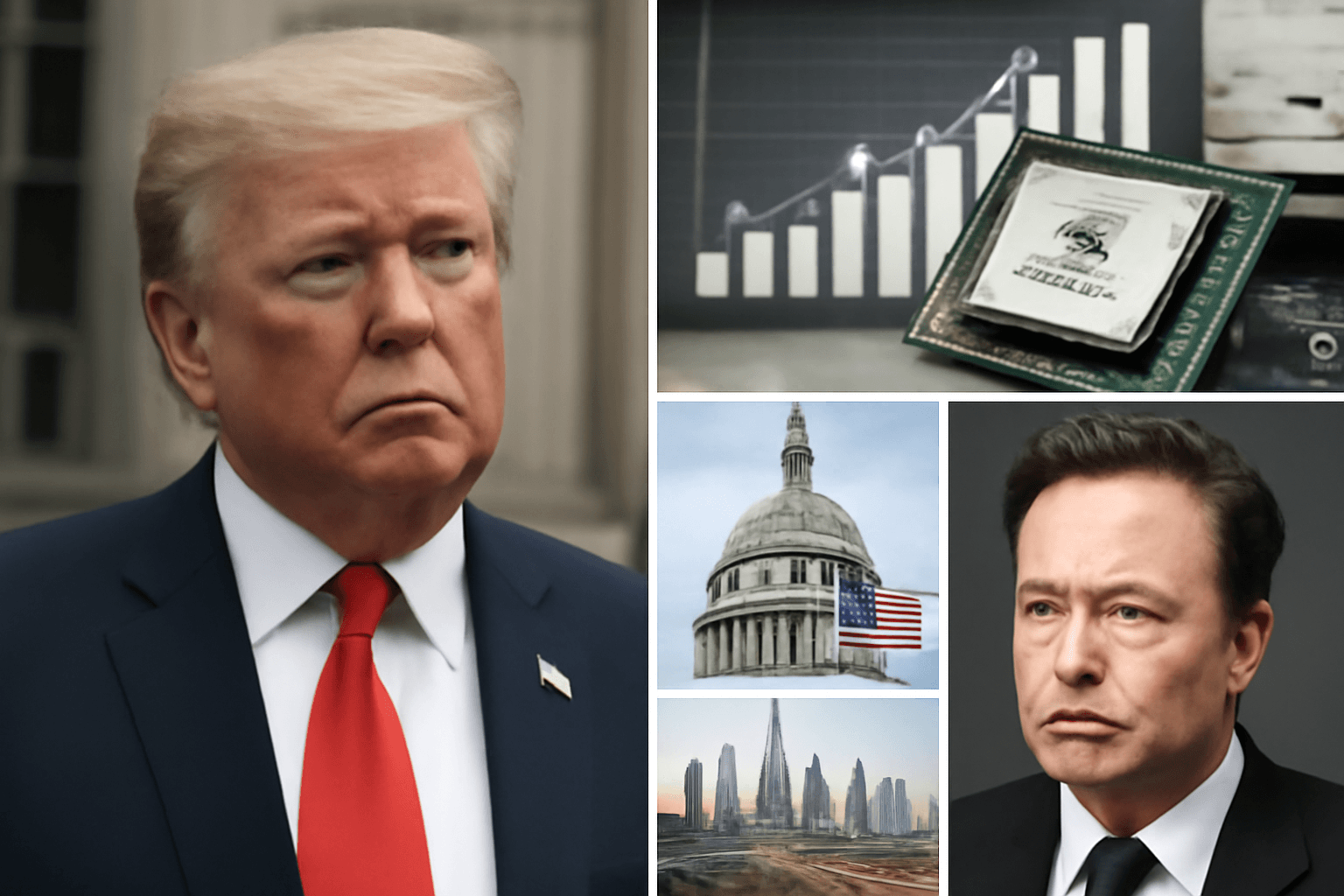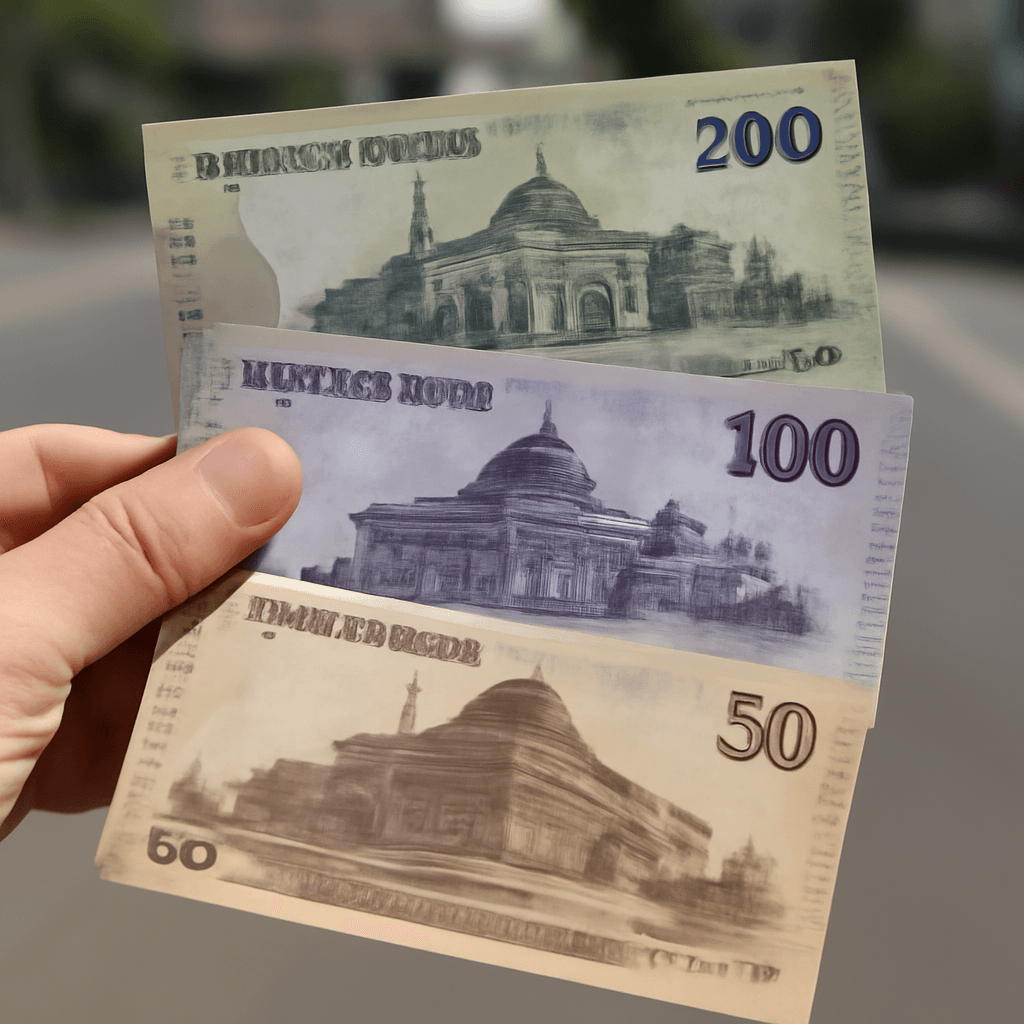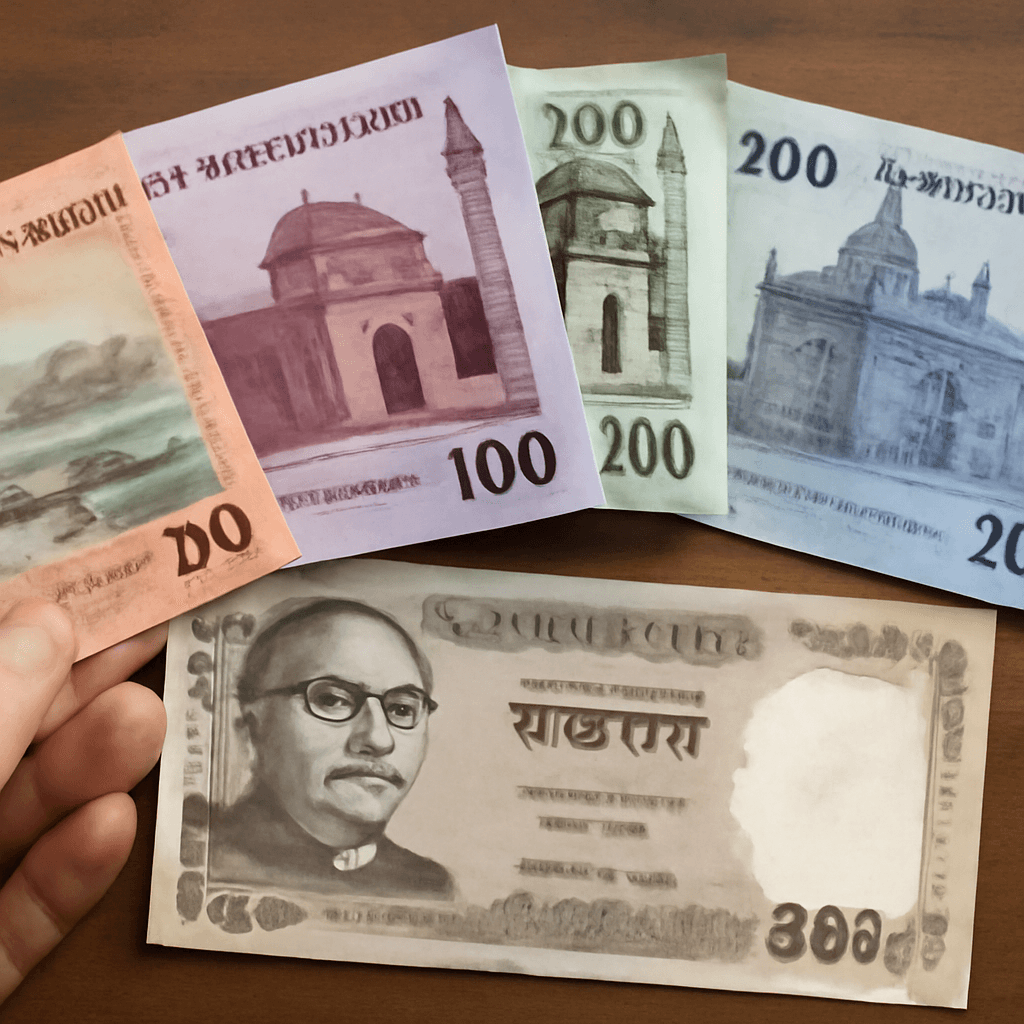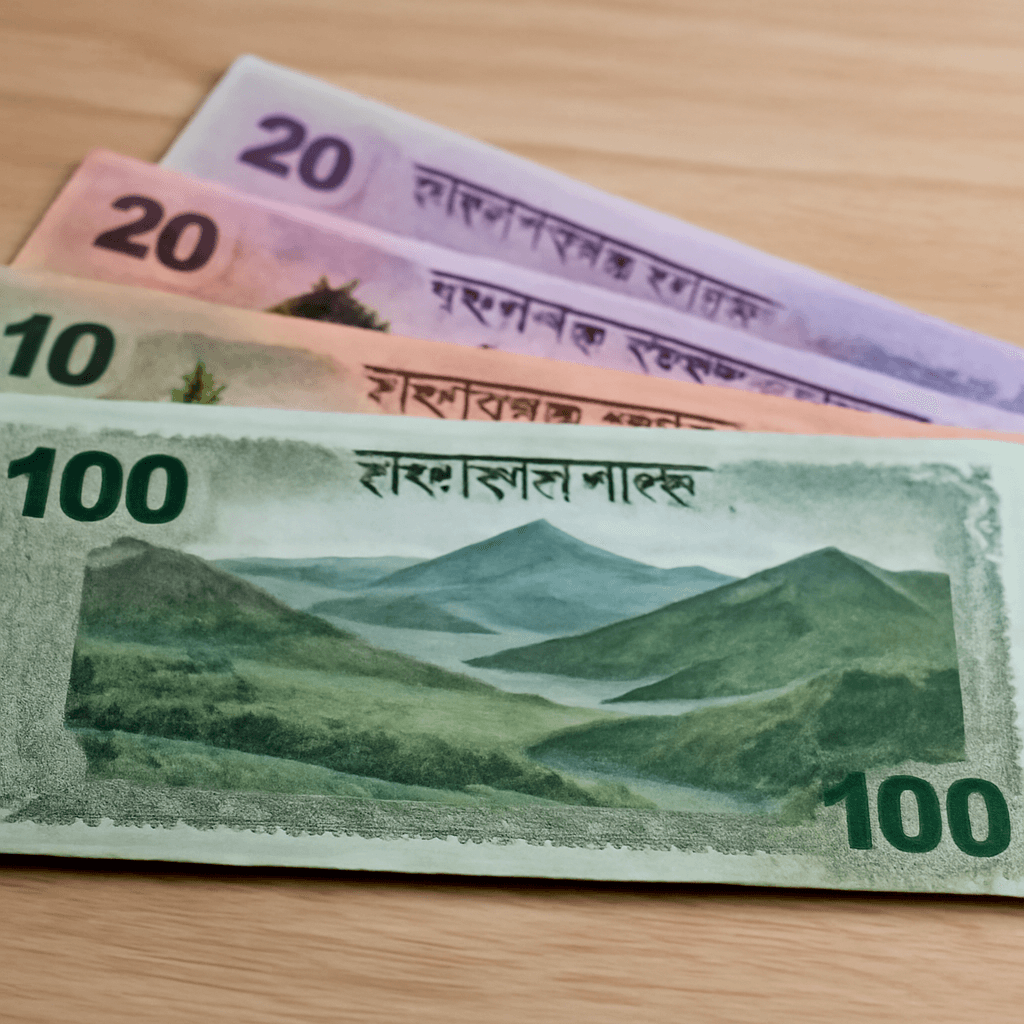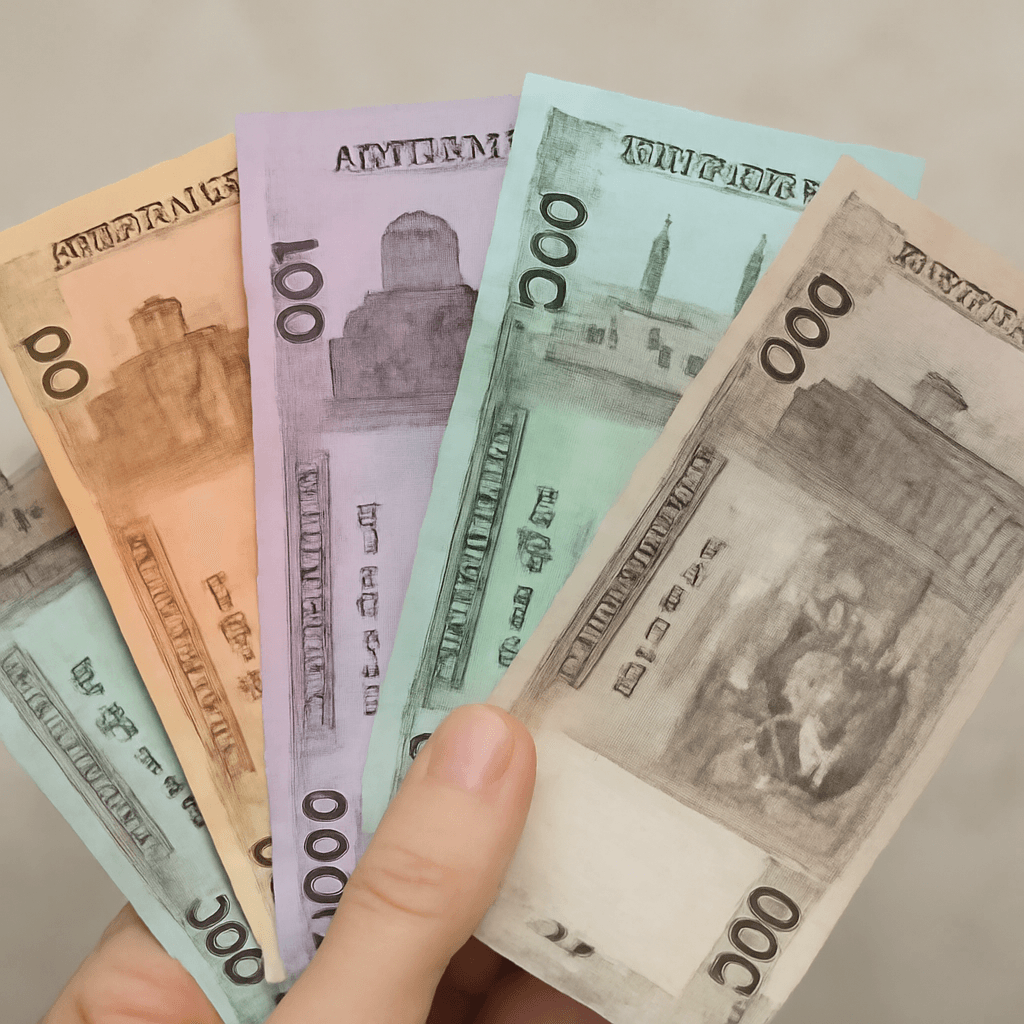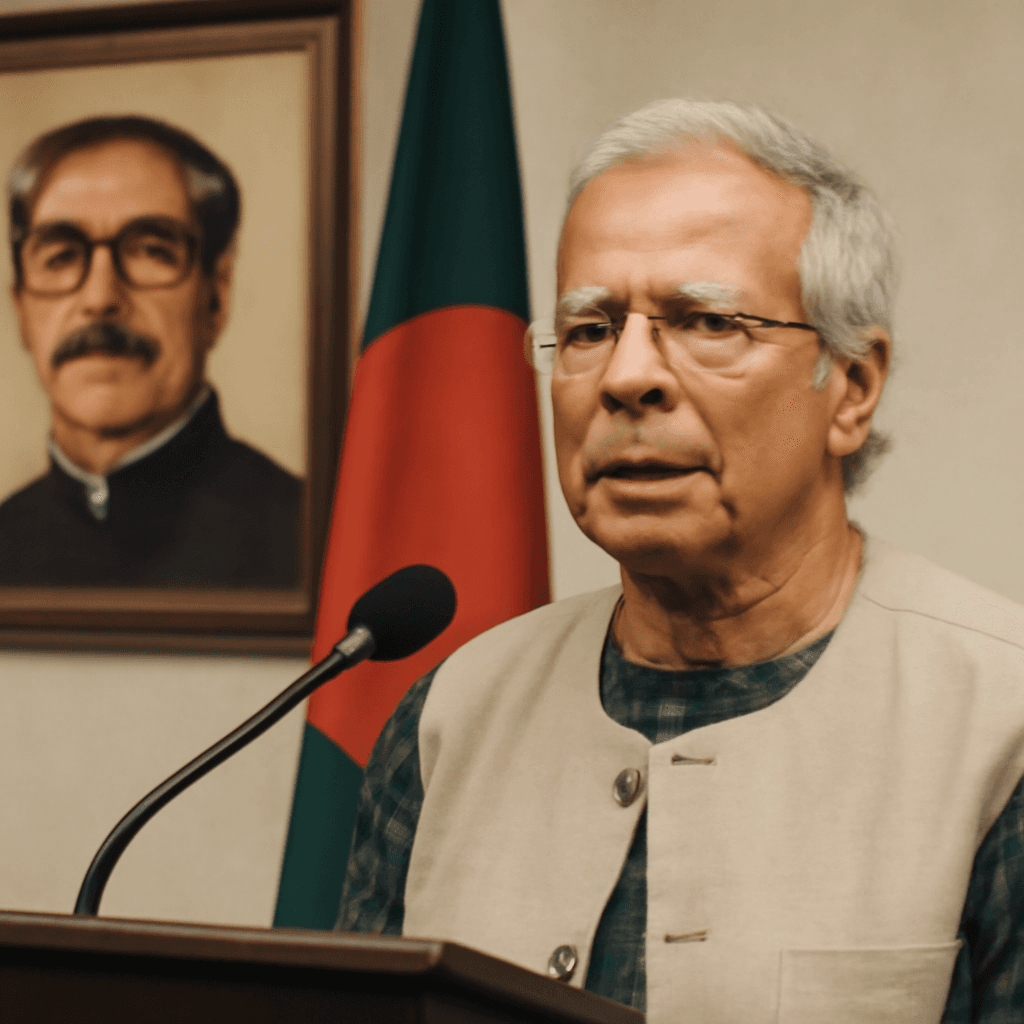Introduction of New Currency Notes Without Sheikh Mujibur Rahman
Bangladesh's interim government recently unveiled new currency notes that notably omit the image of Sheikh Mujibur Rahman, the founding father of the nation. This marks a significant shift, as his portrait has been a consistent feature on all banknotes since the country's independence in 1971.
Design Changes Highlight Cultural Heritage
The newly introduced currency highlights Bangladesh's rich cultural and historical landmarks rather than human portraits. The government emphasized that these notes will showcase natural landscapes and traditional landmarks including sites significant to Islamic, Hindu, and Buddhist heritage.
Specifically, the new notes are expected to include images of:
- Islamic historical sites
- Hindu temples
- Buddhist heritage landmarks
This design strategy reflects an effort to depict the nation’s diverse cultural fabric.
Government's Justification and Political Context
The interim authorities have framed this change as a move to depoliticize national symbols amidst ongoing political tensions in Bangladesh. However, critics argue that this decision undermines Sheikh Mujibur Rahman’s enduring legacy as the Father of the Nation.
Notably, earlier government actions have included revising history textbooks and removing statues commemorating Sheikh Mujib, fueling concerns over eroding his contributions to Bangladesh's independence and history.
Details About Currency Denominations and Circulation
The new series includes denominations of Taka 1000, Taka 50, and Taka 20. The central bank has confirmed that while the new notes will enter circulation, existing currency featuring Sheikh Mujibur Rahman will continue to be valid and remain in use.
Furthermore, Bangladesh Bank reported an annual demand of approximately 1.5 billion new banknotes across various denominations. This demand highlights the challenges associated with currency replenishment, especially given the significant portion of Bangladesh's economy operating informally where cash remains dominant.
Impact on Currency Supply
Earlier in the year, the decision to suspend the issuance of banknotes featuring Sheikh Mujibur Rahman led to a temporary halt in currency printing, causing a shortage of available notes in the market. This shortage affected cash transactions significantly, particularly within the informal economy, which comprises an estimated 40% of the national GDP.
Conclusion
The government’s decision to redesign Bangladesh's currency away from featuring Sheikh Mujibur Rahman represents a notable policy shift intending to emphasize cultural heritage over individual portraits. While this reflects the nation’s rich diversity, it remains a contentious move amid broader debates surrounding national identity and historical recognition in Bangladesh.







